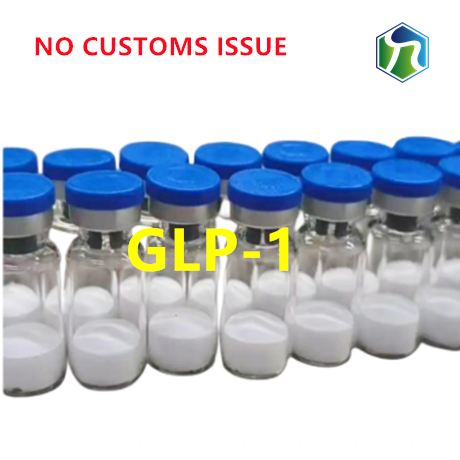
- +86-13363869198
- weimiaohb@126.com

Oct . 12, 2024 08:51 Back to list
fip treatment gs
Understanding FIP Treatment and the Role of GS
Feline Infectious Peritonitis (FIP) is a viral disease caused by mutations of the feline coronavirus (FCoV). This disease primarily affects cats, particularly those that are young or immunocompromised. Historically, FIP was considered universally fatal, but the landscape of treatment for this disease has shifted dramatically in recent years, especially with the introduction of GS (the abbreviation for a compound used in treatment). GS, known scientifically as GS-441524, has emerged as a beacon of hope for both cats and their owners who face the devastating diagnosis of FIP.
Understanding FIP Treatment and the Role of GS
Until recently, treatment options for FIP were limited, and most were palliative rather than curative. The introduction of GS-441524 heralded a new era in FIP treatment. This antiviral drug is a nucleotide analog that inhibits replication of the virus. Research and anecdotal evidence have shown that when administered correctly, GS can lead to a complete resolution of symptoms in many cases. The treatment typically spans several weeks, and success rates reported by various veterinary practices range from 80% to over 90%, depending on the stage of the disease and the form of FIP presented.
fip treatment gs

The administration of GS is usually done through subcutaneous injections, and while the logistics of daily treatment can be daunting for pet owners, the results often justify the effort. It’s crucial, however, for owners to consult with a veterinarian specializing in FIP to determine the appropriate dosing and monitor the cat’s progress throughout the treatment. Blood tests may also be required to assess liver function and overall health.
There are ongoing discussions in the veterinary community regarding the accessibility and legality of GS-441524. In some regions, the drug may not be approved for veterinary use, leading to challenges in obtaining it. However, the demand for effective FIP treatment has spurred a movement toward greater availability and further research.
In conclusion, the emergence of GS-441524 as a treatment for FIP has transformed the outlook for cats diagnosed with this once devastating disease. For pet owners, navigating the complexities of FIP can be overwhelming, but the hope brought by effective treatment is significant. As research continues and more insights are gained into the disease and its management, the prognosis for cats diagnosed with FIP is increasingly optimistic. Collaborating with knowledgeable veterinarians and staying informed about treatment options remains essential in the journey toward recovery.
-
High-Quality GS-441524 for White Liquid Type Factories & Suppliers
NewsJul.29,2025
-
High-Quality Pharmaceutical Intermediates for Sale – Reliable Supply
NewsJul.29,2025
-
High-Quality Pharmaceutical Intermediates for Sale - Reliable Solutions
NewsJul.29,2025
-
High-Quality Pharmaceutical Intermediates Supplier for Global Market
NewsJul.28,2025
-
GS-441524 for White Liquid Type Factories – High Purity & Reliable Supply
NewsJul.28,2025
-
Buy 158861 67 7 Peptide for Effective Weight Loss and Muscle Gain
NewsJul.27,2025